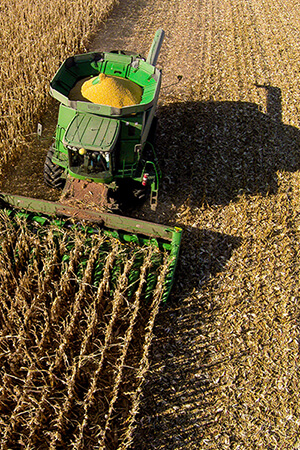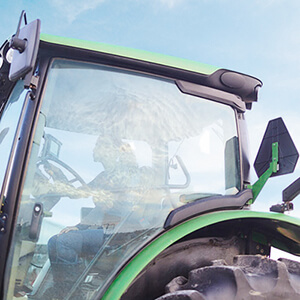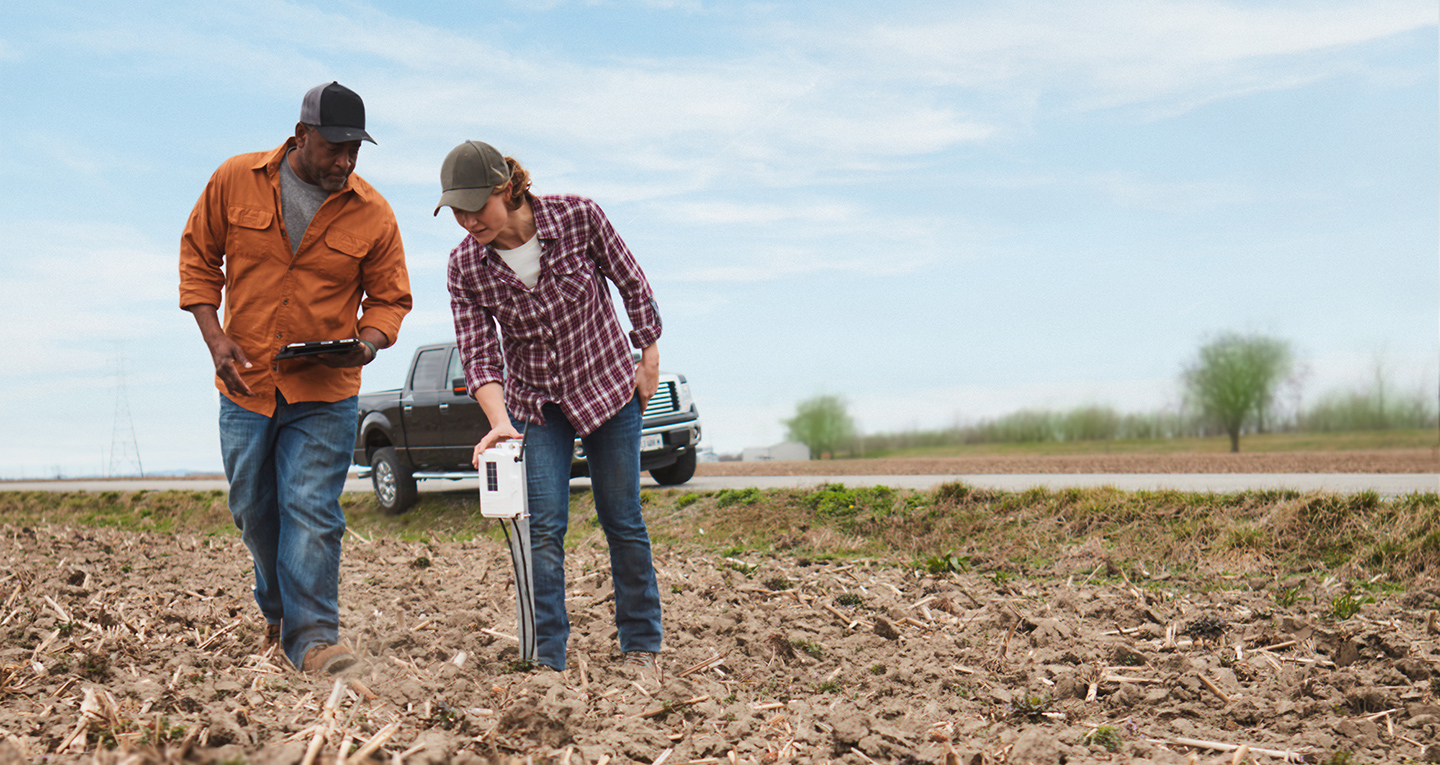
During that same period, we have also learned more about how carbon contributes to our changing climate. We now have a more complete understanding of the roles played by burning fossil fuels, cutting down forests, and plowing the soil.
In agriculture, plants convert carbon dioxide into oxygen and energy molecules called carbohydrates. This process contributes to the air we breathe and the food we eat. In climate science, carbon affects global temperatures, soil salinity, ocean levels, weather patterns and more.
As our understanding of farming, carbon, and the climate has evolved, modern agriculture has evolved to help farmers reduce carbon emissions and adapt to climate change.




